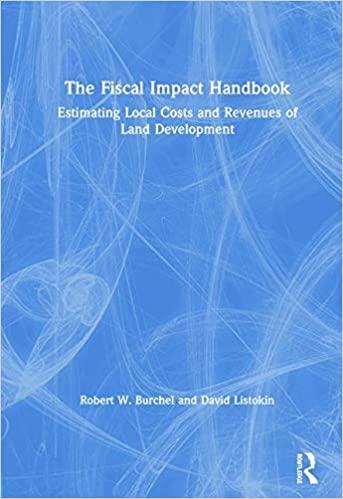Question
An investor has two bonds in his portfolio that have a face value of $1,000 and pay a 10% annual coupon. Bond L matures in
An investor has two bonds in his portfolio that have a face value of $1,000 and pay a 10% annual coupon. Bond L matures in 16 years, while Bond S matures in 1 year.
A) What will the value of the Bond L be if the going interest rate is 5%, 6%, and 11%? Assume that only one more interest payment is to be made on Bond S at its maturity and that 16 more payments are to be made on Bond L. Round your answers to the nearest cent.
| 5% | 6% | 11% | |
| Bond L | $ | $ | $ |
| Bond S | $ | $ | $ |
B) Why does the longer-term bonds price vary more than the price of the shorter-term bond when interest rates change?
Long-term bonds have lower interest rate risk than do short-term bonds.
Long-term bonds have lower reinvestment rate risk than do short-term bonds.
The change in price due to a change in the required rate of return increases as a bond's maturity decreases.
Long-term bonds have greater interest rate risk than do short-term bonds.
The change in price due to a change in the required rate of return decreases as a bond's maturity increases.
Step by Step Solution
There are 3 Steps involved in it
Step: 1

Get Instant Access to Expert-Tailored Solutions
See step-by-step solutions with expert insights and AI powered tools for academic success
Step: 2

Step: 3

Ace Your Homework with AI
Get the answers you need in no time with our AI-driven, step-by-step assistance
Get Started


